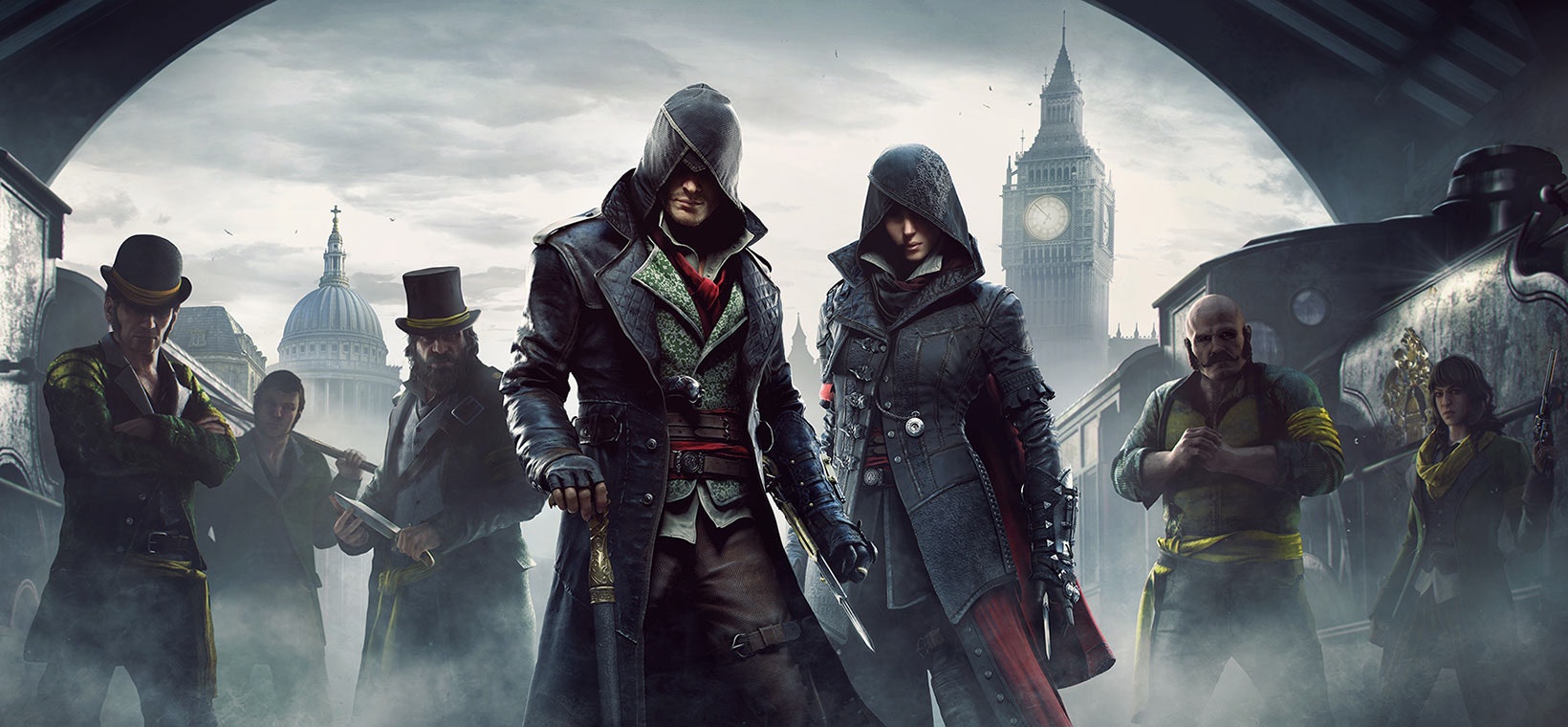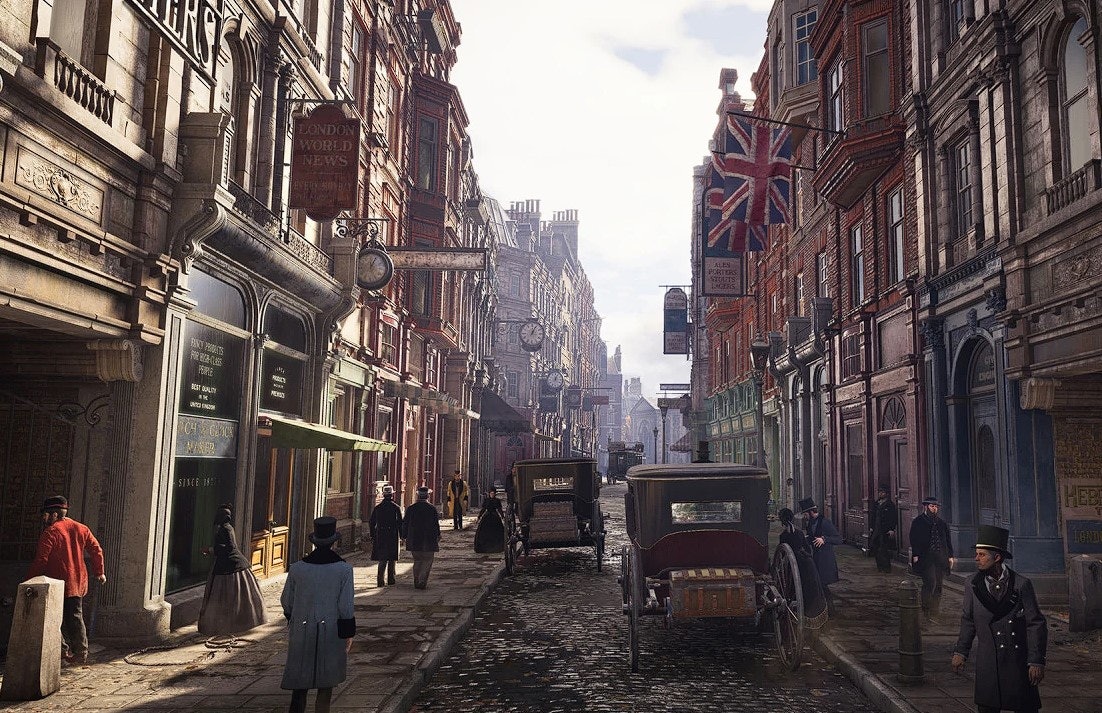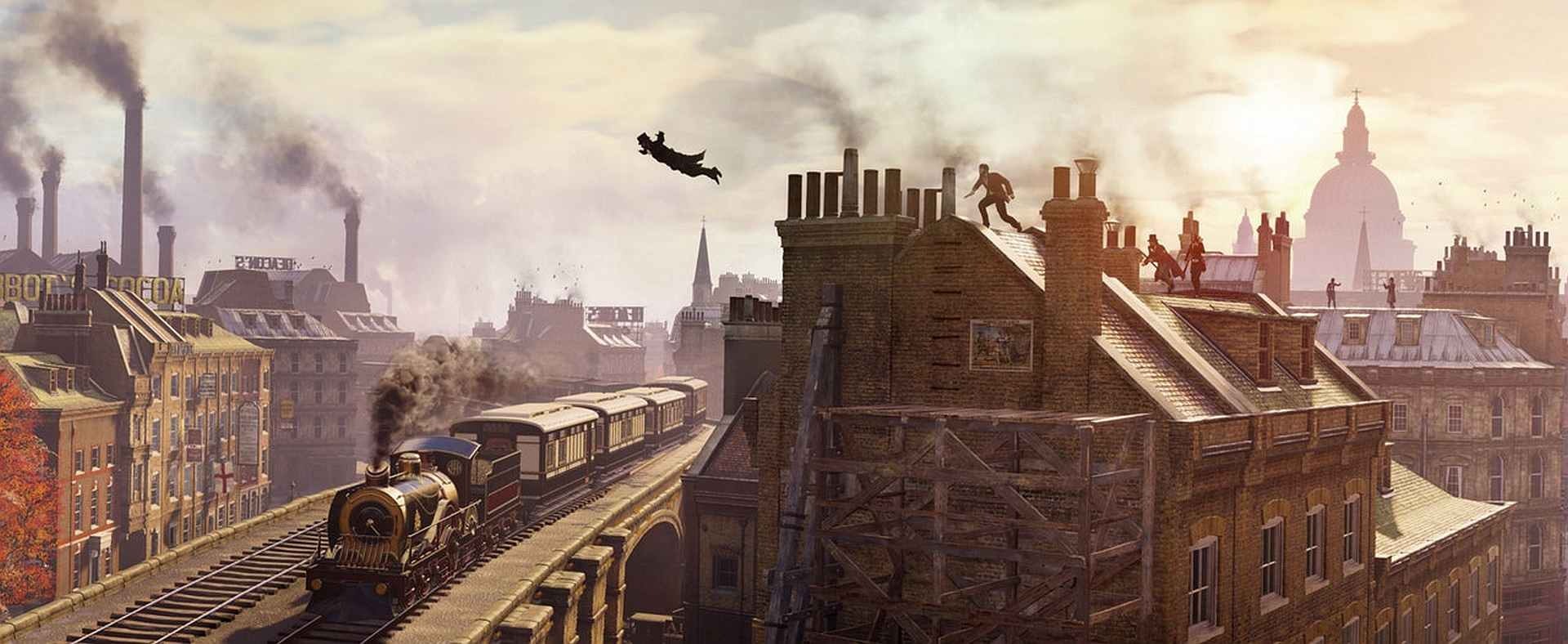
Before the Assassin’s Creed franchise reinvented itself as an RPG in 2017’s Origins and turned the clock back to Ptolemaic Egypt, it seemed each entry was barreling toward the modern day at high speed. As a franchise defined by its distant historical settings, the idea of a more industrialized Assassin’s Creed seemed antithetical to the point. This came to a head in 2015’s Assassin’s Creed Syndicate, which literally revolutionized the series by taking place in industrialized 19th-century London. But eight years later, the most modern Assassins’ Creed holds up thanks to the incredible design of London and the new tools with which to traverse it.
The Assassin’s Creed series is all about movement. It is perhaps the most important action the player does, even more than stealth or stabbing. As sandboxes set within historical cities, each entry's implementation of parkour is the main way players will engage with the world around them. For Assassin’s Creed Syndicate, movement was pushed further than past entries, as parkour became the only option for traversing the industrialized London streets.

London has proper paved roads, and as protagonists Evie and Jacob Frye, players could ride horse-drawn carriages through the streets to reach mission objectives.
New advancements don’t push parkour to the side, as Syndicate makes the franchise’s mainstay movement mechanic even more appealing with the introduction of the rope launcher. Giving players the ability to quickly launch up to the roofs of buildings or create ziplines over large gaps in the skyline the rope launcher acted as a solution to one of the oldest problems in the franchise — finding a way to keep the player on rooftops as much as possible without breaking the flow of parkour.
But the mode of transport that looms largest over the mechanics and narrative of Assassin’s Creed Syndicate is the train. The prominence of railroads was a hallmark of the Second Industrial Revolution, and Syndicate actively works to remind the player of how prevalent this technological advancement was during this time and how impactful it was — including on the power plays of both the Assassins and Templars.

Syndicate’s first mission begins with the Frye twins on a train and ends with a chase atop of the locomotive ending in a climactic crash. After this opening, Syndicate continues to keep trains at the forefront of the story. The city is cut through with a major railway that a train is constantly seen on, smoke billowing out from its engine and rising beyond the lofty London buildings. Rather than a traditional bureau like in past games, the Frye twins make their base of operations a train car that can move around the city to take them to areas of interest.
The sprawling city of London is turned into a collection of territories in need of conquering by the Frye twins. The presence of their hideout on rails acts as the symbol of their power in a given area, and the train as an invention acts as a symbol of power in an industrialized society. Wrestling power away from the templars means taking control of the city’s rail systems.
As a game about the battle against authoritarianism, Syndicate uses the train as the central pillar of its metaphor on power lying with those who are able to control technological advancements and the systems that keep a city running. This creeps into the very mechanics of the game and is ever-present in the streets of London. It makes Syndicate one of the most mechanically interesting games in the series, as well as one of the most thematically cohesive — even eight years later.







